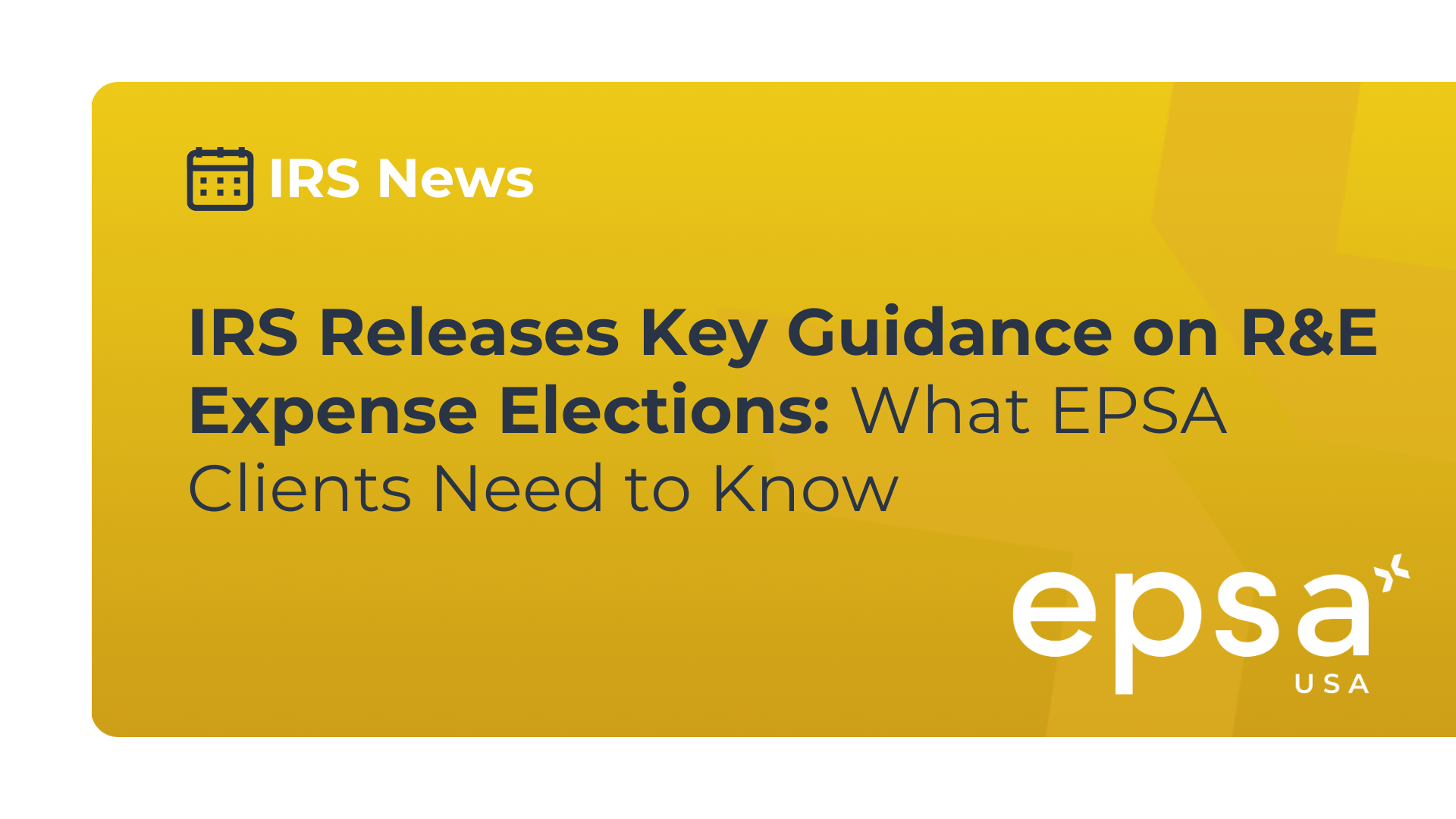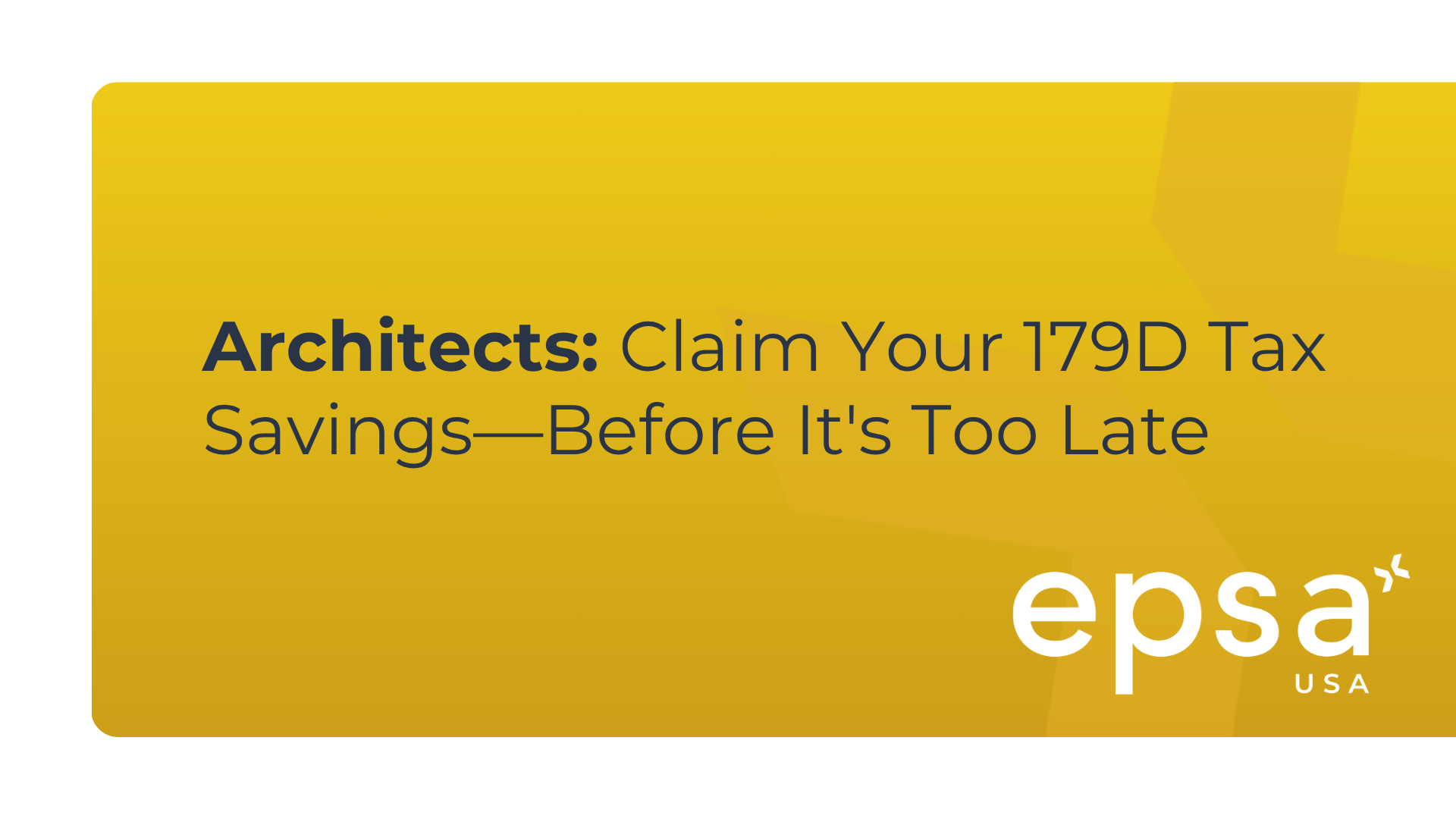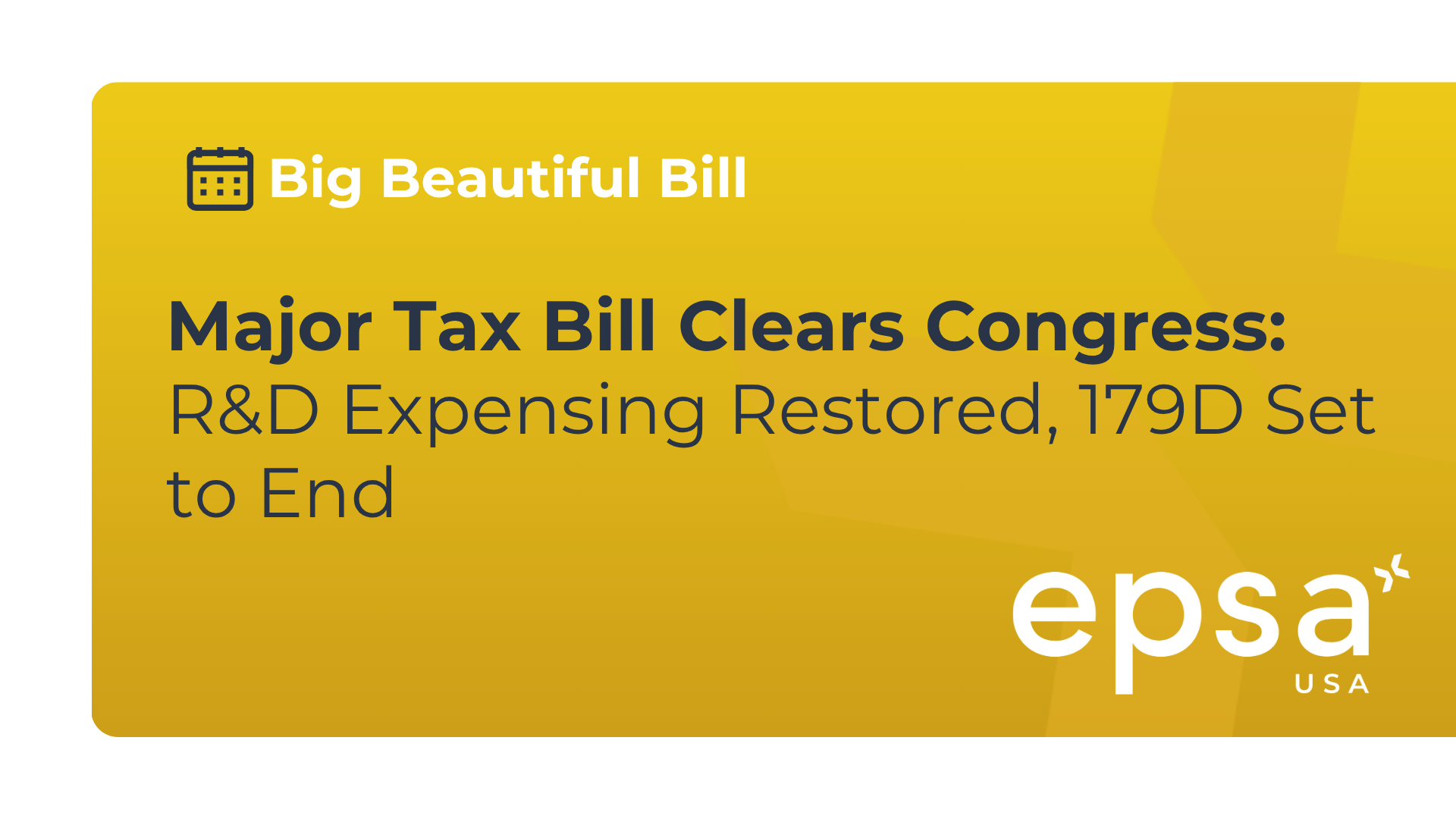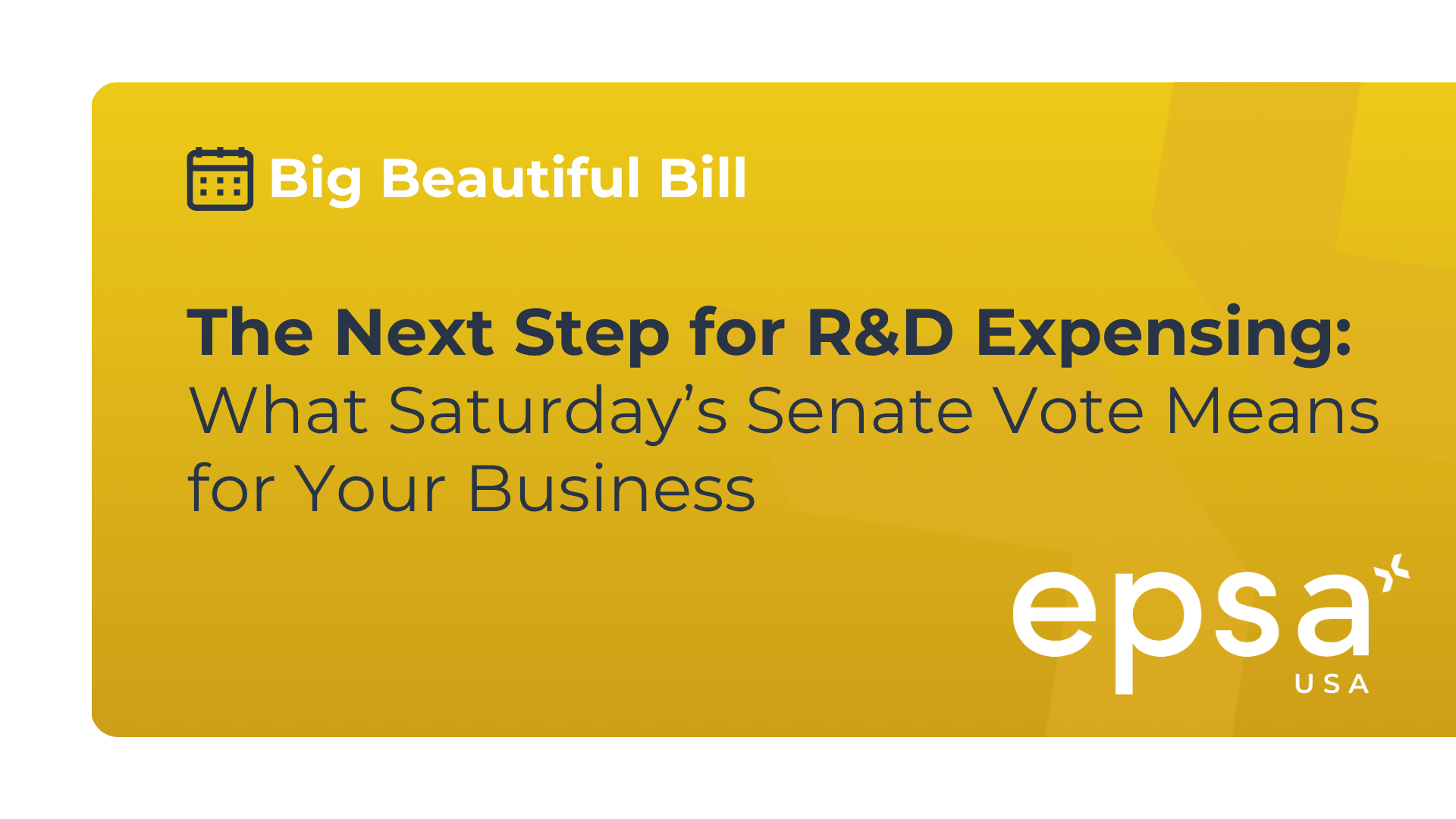

EPSA USA : Helping Tax Professionals and Businesses take advantage of tax credits and incentives
Read moreOur Services
Looking for a solution? Our experts can support you!

Who we are ?
EPSA USA
With our team of local experts, EPSA USA is focused on helping companies of all sizes take advantage of the Research and Development Tax Credit at both the federal and state level. Our technical and legal experts follow IRS guidelines to identify qualified research expenses that dictate eligibility. We work hand-in-hand with CPAs, clients, and partners to offer tailored solutions to identify R&D Tax Credits. Our streamlined process is efficient, fast, and guaranteed to optimize tax benefits for a variety of industries.
The group EPSA in figures
-
600M$
net sales in 2024
-
5000
comitted employees
-
+40
country presence worldwide
-
+16000
customers, all sectors, private & public
EPSA at international level
Our global presence
Since 2017, the EPSA Group has expanded from 300 to 5,000 employees, serving over 16,000 clients across various sectors and 40 countries.
With net sales of $600 million in 2024, EPSA is a leading European company specializing in optimizing financial, operational, and sustainable outcomes.
-
 09/09/2025
09/09/2025IRS Releases Key Guidance on R&E Expense Elections: What EPSA Clients Need to Know
-
 05/08/2025
05/08/2025Architects: Claim Your 179D Tax Savings—Before It's Too Late
-
 03/07/2025
03/07/2025Major Tax Bill Clears Congress: R&D Expensing Restored, 179D Set to End
-
 01/07/2025
01/07/2025The Next Step for R&D Expensing: What Saturday’s Senate Vote Means for Your Business
EPSA is recruiting



